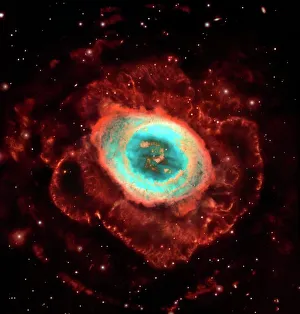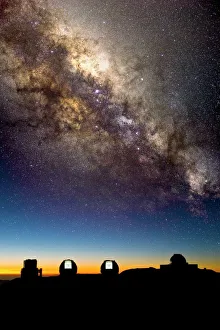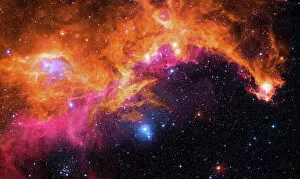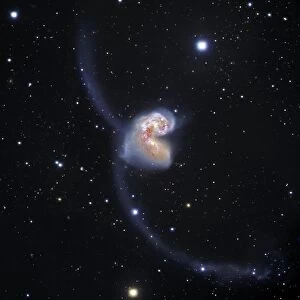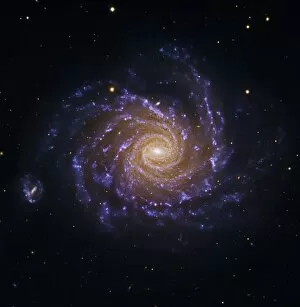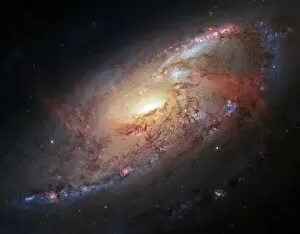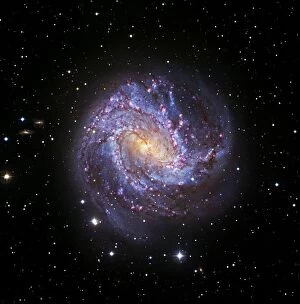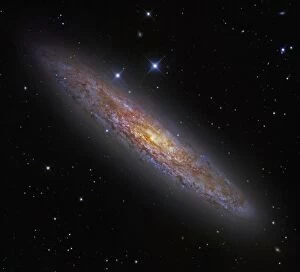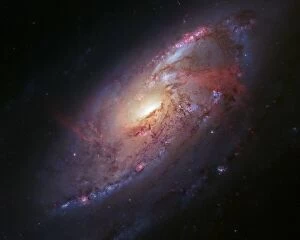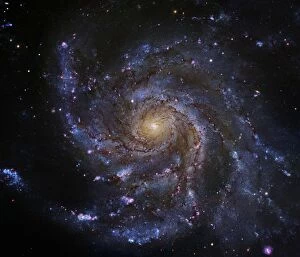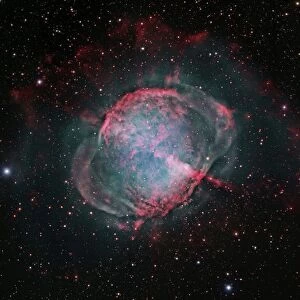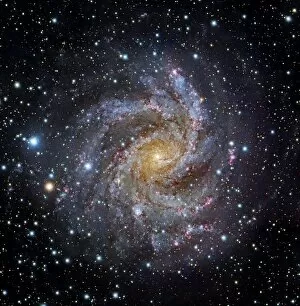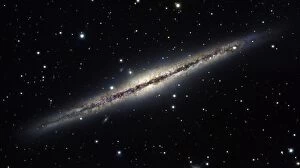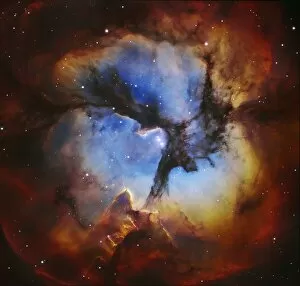Subaru Telescope Collection
The Subaru Telescope, nestled atop the majestic Mauna Kea in Hawaii, unveils the wonders of the universe with its powerful gaze
All Professionally Made to Order for Quick Shipping
The Subaru Telescope, nestled atop the majestic Mauna Kea in Hawaii, unveils the wonders of the universe with its powerful gaze. With its state-of-the-art technology and unrivaled precision, this astronomical marvel captures breathtaking images that leave us in awe. From the mesmerizing beauty of the Ring Nebula M57 to the captivating Hubble image C017 / 3725 showcasing millions of galaxies in the COSMOS field, Subaru Telescope brings distant celestial objects closer than ever before. Its lens reveals intricate details of spiral galaxies like NGC 7331, NGC 1232, NGC 2403, and M106 through optical images C017 / 3751, C017 / 3734, C017 / 3738 and Hubble's stunning capture C017 / 3730. Not limited to just spirals but also capturing colliding galaxies like Antennae (C017/3745), Subaru Telescope showcases a cosmic dance where stars collide and merge. And who can forget about our neighboring galaxy - Sculptor Galaxy (NGC253) - as it shines brightly in Hubble's image C017/3731? But it doesn't stop there; Subaru Telescope even takes us beyond our own Milky Way by revealing distant galaxies such as Southern Pinwheel Galaxy (Hubble image C017/3727). These glimpses into far-off realms remind us of how vast and mysterious our universe truly is. With each new discovery made possible by Subaru Telescope's cutting-edge technology and unwavering dedication from astronomers worldwide, we inch closer to unraveling the secrets held within these celestial wonders. So let your imagination soar as you explore these extraordinary sights captured by one of humanity's greatest windows into space – The Subaru Telescope.

